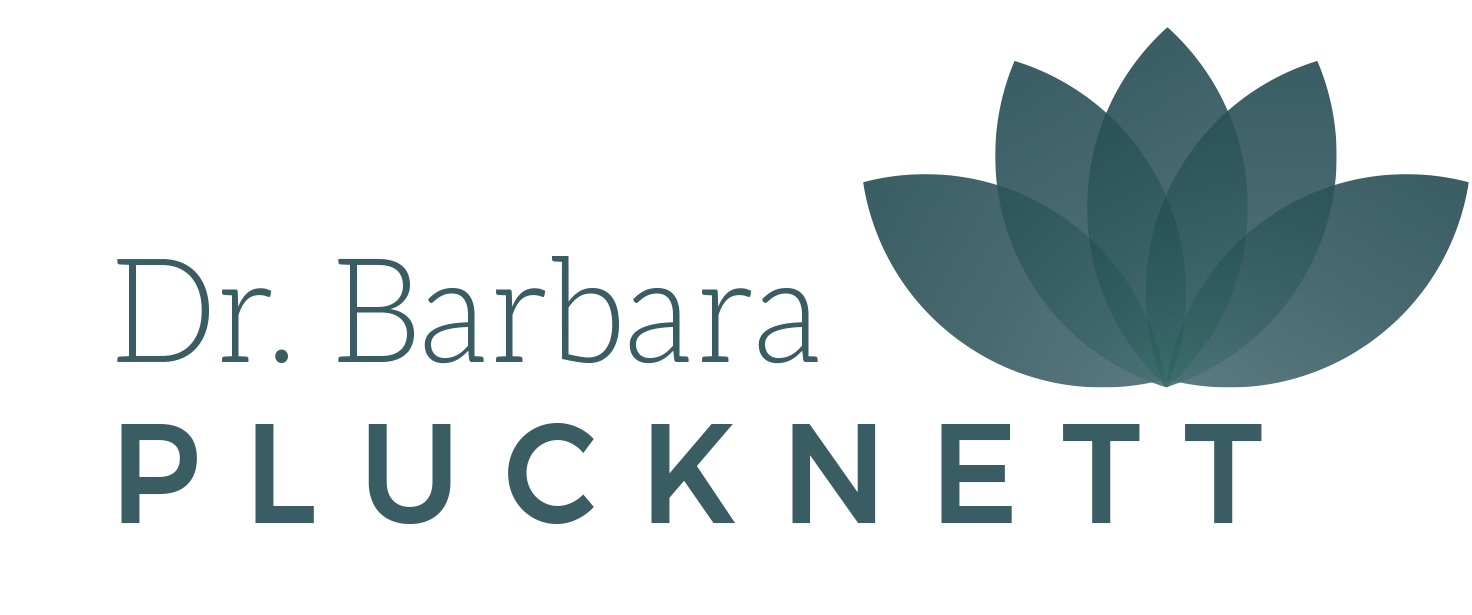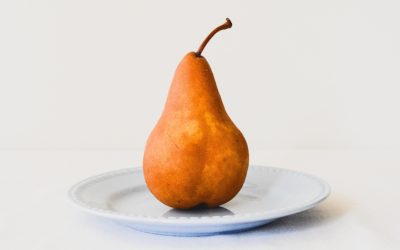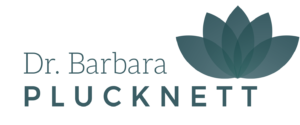Urogynecology
Surgical Procedures
There will be times when you are faced with needing a surgical procedure. Not to worry. Dr. Plucknett is able to perform procedures with modern techniques and equipment that may allow you to have a faster recovery and a lower risk of complications. Dr. Plucknett performs weekly surgeries as part of her practice and these can be done through the Regional Hospital location and it’s affiliate in Scranton.
Minor Procedures or Same Day Surgeries (which may also be done in the office);
D & C Hysteroscopy– this procedure is done to evaluate and treat benign conditions such as polyps, abnormal menses and fibroids. A thin telescope is used for this procedure.
Endometrial Ablation – this procedure is for the treatment of unusually heavy menses.
Cystoscopy– this procedure is a telescopic evaluation of the bladder.
Pubovaginal Sling– this procedure is for the treatment of urinary leakage which is caused by sneezing, coughing, and general physical activity.
Permanent Contraception– tubal occlusion procedures which can be performed in office. More traditional tubal ligation procedures are typically performed as an outpatient procedure.
Laparoscopy– this procedure is to evaluate pain and to remove cysts and is undertaken with the use of a telescope inserted through the belly button. This procedure is helpful for evaluation of ovarian cysts, pelvic pain and endometriosis.
Major Procedures (with minimal hospital time)
Laparoscopic Hysterectomy– this procedure is for the removal of the uterus, either through the traditional method or with the use of a robot.
Laparoscopic Myomectomy– this procedure is for the removal of problematic fibroids.
Repair of Pelvic Prolapse– (dropped bladder or uterus)- this procedure can either be performed with the aid of laparoscopy or through the vagina.
Vaginal Surgeries – this procedure is done to repair vaginal wall hernias that contribute to a dropped bladder and dropped rectum. It involves the placement of a vaginal wall “mesh”.
Non-Surgical Procedures
Perhaps you don’t need surgery but you will require some help getting things back into shape. We can help you figure out if some of these non-surgical interventions will work for you. They are quite effective and can be easily integrated into your daily routine.
Lifestyle and Dietary Counseling
Sometimes a simple change in the type of fluids and liquids that we normally consume can make all the difference in the world. We provide a list of dietary bladder irritants and recommendations for a more balanced healthy diet that may offer relief of symptoms.
Pelvic Floor Exercises
Kegel exercises can help to strengthen the pelvic floor musculature. These exercises will not reverse the condition but may prevent or slow it’s progression.
To perform Kegel exercises contract the pelvic floor muscles (located at the opening of the vagina and surrounding the rectum) for 10 seconds then relax them for 10 seconds. The best way to do this is to act as if you are holding back gas. Repeat 10 times. Do this at least 3 times a day. Be sure that you are not squeezing your stomach muscles or buttocks in the process of doing these exercises because it makes the exercises less efficient.
Bladder Retraining
This involves urinating on a schedule so that you can increase the times between voiding to a comfortable and manageable frequency (ex: from 1 hour to 3 hours over time). The timed intervals will gradually increase in 15 minute increments until a normal urinating frequency is attained. This retraining should only be done during the daytime hours.
We have also found that restricting fluids in the evening hours will help with nighttime voiding (nocturia).
Pessary
A medical device used to relieve symptoms associated with cystocele, rectocele, uterine or bladder prolapse and/or stress incontinence. A pessary may be a temporary solution until such time as a more permanent corrective surgery can be completed.
Morpheus8 V
A fast and effective radiofrequency technology that remodels vaginal tissue Morpheus8 VMorpheus8 V is a revolutionary technology that rejuvenates the vagina to improve sexual drive, comfort, and enjoyment and to restore a youthful appearance to a woman’s vaginal...
BULKAMID® for Stress Urinary Incontinence
Dealing with stress urinary incontinence can be frustrating, struggling with embarrassing bladder leaks. But luckily there is a treatment option available to help you regain bladder control.
BOTOX® for OAB
BOTOX® is a prescription medicine that is injected into the bladder muscle and used to treat overactive bladder symptoms.




